 (On March 17, 2013, the Museum of Modern Art’s Department of Photography held a Scholars’ Day devoted to the work of Robert Heinecken (1931–2006), in advance of a retrospective that they’ll mount in March 2014. This intramural event was organized by Eva Respini, Associate Curator, and Drew Sawyer, Beaumont and Nancy Newhall Curatorial Fellow, Department of Photography. It involved a handful of presenters and a small, invited audience comprised of people with substantial personal and professional connections to the late photographer and educator. Presenters included Luke Batten, Director, The Robert Heinecken Trust, and Matthew Biro, Professor, Art History, University of Michigan. I gave the concluding talk, which I titled “Inside the Tent, Pissing In: Robert Heinecken as Black Sheep.” Part 1 appears below; for Part 2, click here. ― A. D. C.)
(On March 17, 2013, the Museum of Modern Art’s Department of Photography held a Scholars’ Day devoted to the work of Robert Heinecken (1931–2006), in advance of a retrospective that they’ll mount in March 2014. This intramural event was organized by Eva Respini, Associate Curator, and Drew Sawyer, Beaumont and Nancy Newhall Curatorial Fellow, Department of Photography. It involved a handful of presenters and a small, invited audience comprised of people with substantial personal and professional connections to the late photographer and educator. Presenters included Luke Batten, Director, The Robert Heinecken Trust, and Matthew Biro, Professor, Art History, University of Michigan. I gave the concluding talk, which I titled “Inside the Tent, Pissing In: Robert Heinecken as Black Sheep.” Part 1 appears below; for Part 2, click here. ― A. D. C.)
•
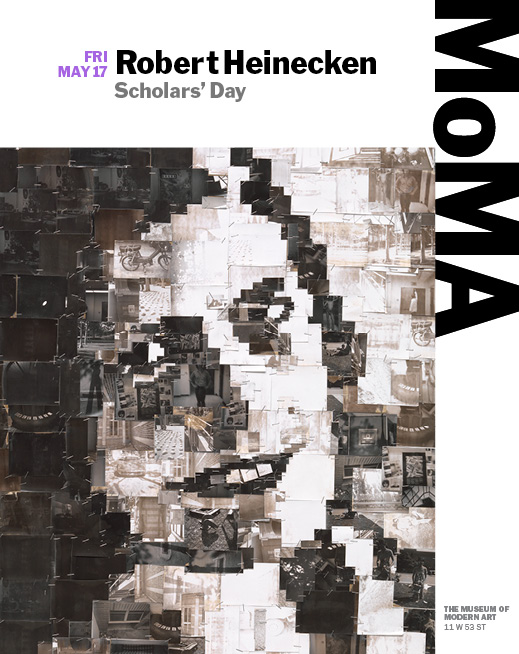 Before I begin, let me thank Eva Respini and Drew Sawyer of the Department of Photography here at the Museum of Modern Art for inviting me to participate in this gathering. Let me also congratulate the department for evolving to the stage where it can recognize and celebrate Robert Heinecken’s contribution to the medium.
Before I begin, let me thank Eva Respini and Drew Sawyer of the Department of Photography here at the Museum of Modern Art for inviting me to participate in this gathering. Let me also congratulate the department for evolving to the stage where it can recognize and celebrate Robert Heinecken’s contribution to the medium.
•
In the early 1970s, the art world began one of its most adroit yet least discussed maneuvers: accepting as legitimate, marketable, collectible, and worthy of preservation and study a class of artifacts that until then it had disdained and trivialized, while continuing its traditional treatment as second-class citizens of those theretofore committed lifelong to making these objects.
The objects in question were photographs, of course, and the dedicated makers thereof were known, at least until that point, as photographers. Up through the early ’70s, no photographer had achieved art-world recognition on an equal plane with painters, sculptors, lithographers, and workers in the other visual media. Indeed, one can reasonably assert that no individual who had primarily made photographs then qualified as an artist by art-world standards, though several who had pursued photography along with other media did not have their involvement with light-sensitive materials held against them ― most prominently Man Ray and László Moholy-Nagy, both of whom had professional-level skills and credits as photographers.
The ’70s saw the emergence of a generation of picture-makers who in many cases incorporated photography into their practice, often centrally, yet recognized the pernicious art-world bias against the medium’s practitioners. The need to separate themselves from those designated as photographers while continuing to make photographs had many motives, one of them certainly economic: photographs by picture-makers labelled as artists achieved market prices considerably higher than they would have if identified as made by photographers, and the related benefits ― gallery and museum shows, sales to private collectors and institutional collections, auction prices, monographs, lectures, teaching gigs, fellowships and residencies, etc. ― followed suit.
Practically speaking, in other words, then as now, from a strictly financial and career standpoint only a fool would choose to define him- or herself as a photographer if another rubric would fit. And those evasive, exculpatory alternatives soon emerged, most commonly “photo-based art” and “artists using photography.”
As this situation took shape, a number of the picture-makers whose activity and output I tracked in my role as photography critic, starting in 1968, seemed to me positioned to switch sides ― that is, to redefine themselves as makers of “photo-based art” and/or “artists using photography,” thereby escaping the perpetual ghetto to which the art world has historically relegated photographers. Of that cluster, for the sake of this discussion, I’ll single out Les Krims, Duane Michals, Kenneth Josephson, and especially Robert Heinecken as examples of recognizable figures who could have accomplished a transition to that presumably higher status with relative ease.
Of them, only Josephson had a classic grounding in photography’s field of ideas, his post-secondary education combining Minor White’s poetic extension of the purist attitude with Moholy’s polymathic, nonjudgmental relationship to all the medium’s performative options. Krims and Heinecken came to photography from printmaking; Michals, an autodidact, came to it from Pittsburgh. Krims and Michals both worked directorially, pioneering a mode then rising to prominence in contemporary art practice. Josephson’s work certainly qualified as conceptual. And Heinecken, whom I’d met in 1965 in San Francisco, was even back then appropriating and recontextualizing mass-media imagery in radical and inventive ways, prefiguring postmodernist practice by at least a decade.
All of this work was viewed as at best outré and at worst transgressive and even anti-photographic by the photography establishment. That then-small cluster of gatekeepers certainly included John Szarkowski, director of the Museum of Modern Art’s Department of Photography at the time, whose canonical theoretical text The Photographer’s Eye Heinecken would satirize in the mid-’70s via a frequently delivered public lecture in which he droned excerpts from the curator’s prose over slides of randomly selected found snapshots. Hardly a move calculated to endear himself to the midwestern impresario with the handlebar mustache. But by then Szarkowski had settled in to what Christopher Phillips would call “the judgment seat of photography” for the long haul, and had enunciated his commitment to a narrow, formalist, Greenbergian vision of the medium, which clearly excluded what dissenters like Heinecken, Josephson, Michals, and Krims were about ― so in for a penny, in for a pound.
I consider it a measure of a certain kind of stubborn integrity that those four (and others too numerous to list here) continued to self-identify as photographers instead of jumping ship and reinventing themselves as picture-makers in one or another of the art world’s approved categories. I got to know them all well enough to certify that this wasn’t a matter of unawareness of or disinterest in the field of ideas of contemporary art practice, nor of feeling more comfortable in a small pond than in a big one. They were all cognizant of how their work related to that of others identified as photographers, as well as to the output of artists past and present using photography in various ways. They also knew the dynamics and politics of the art scene, and understood the price they’d pay for their decision. Which made this an act of principle, oddly akin to the unapologetic embrace of the label “photographer” by such figures as Alfred Stieglitz and Edward Weston several generations earlier, though they had little else in common with those predecessors.
Of the four photographers I’ve named, Heinecken was unquestionably the one to whom the label “photographer” as conventionally understood applied least. From the projections of found photomontages that I saw in 1965 through his Are You Rea portfolio of offset lithographs generated by a similar method, the altered newsstand magazines, and on to the “Inaugural Excerpt Videograms” of 1981 and the “Shiva” paper sculptures of his later output, Heinecken worked almost exclusively with found imagery drawn from the mass media.
He knew his way around a camera and darkroom, as demonstrated surreptitiously by the black & white half of his 1978 diptych, “The S.S. Copyright Project ‘On Photography,'” in the MoMA collection, and various other works. But the generation of original negatives describing event-space relationships that he observed directly, and the production of photographic prints therefrom, was not central to his practice, which instead emphasized the recontextualizing of existing materials from visual culture via strategies he derived from each specific project.
Heinecken said of this inclination of his, “Content can be built on the facture of a picture ― not on subject matter or anything else. I want to be identified by the attitude of a picture, not its stylistic appearance.” In effect, he wanted each work assessed on the basis of the approach it reflected toward the process of working with that specific concept ― for which inclination he saw Marcel Duchamp as a model. He termed this an “analytical facture,” which involved matching the production strategy to the particular idea, rather than conforming every idea to the Procrustean bed of a predetermined way of working or recurrent visual appearance. Some of his efforts, consequently, are as blunt and mechanical as any of Warhol’s Factory-made silk-screen prints. But then he turned around and produced exquisitely crafted, extensively hand-worked objects like the prints in the “Cliché Vary” series from 1974 and the later “Shiva” relief collages.
Consequently, only his ongoing concern with a set of core cultural issues and his calculatedly shifting strategies of facture function as what the film theorist Christian Metz calls the diegesis, the running thread, connecting all of Heinecken’s works together. Perhaps that fact, in combination with his choice of the photography world rather than the art world as his testing ground, explains the comparative lack of public awareness of his contribution to the dialogue between photography and art ― despite the fact that the radical multiplication in the 1960s and ’70s of the active variety of physical forms of photographic work was traceable in considerable part to Heinecken’s example in his own practice, to his teaching method at U.C.L.A., and to his influence as a lecturer and visiting artist in many workshops and other tutorial situations during that period.
(Part 1 I 2)
•
This post supported by a donation from the Estate of Lyle Bongé.


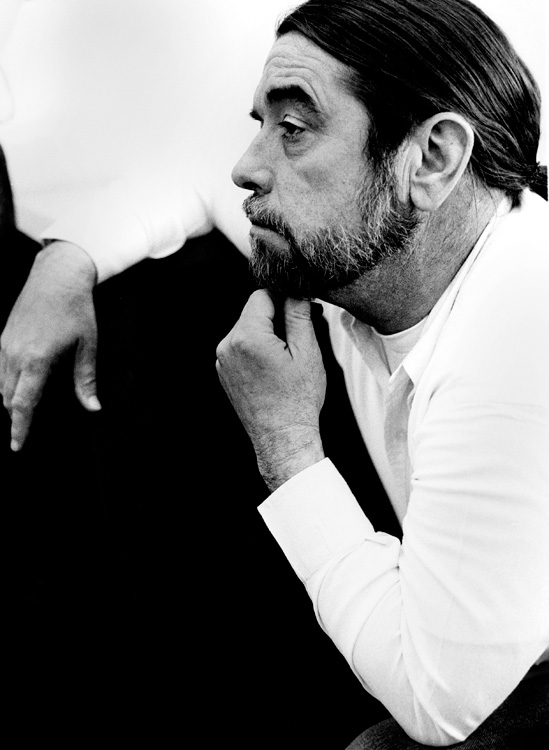
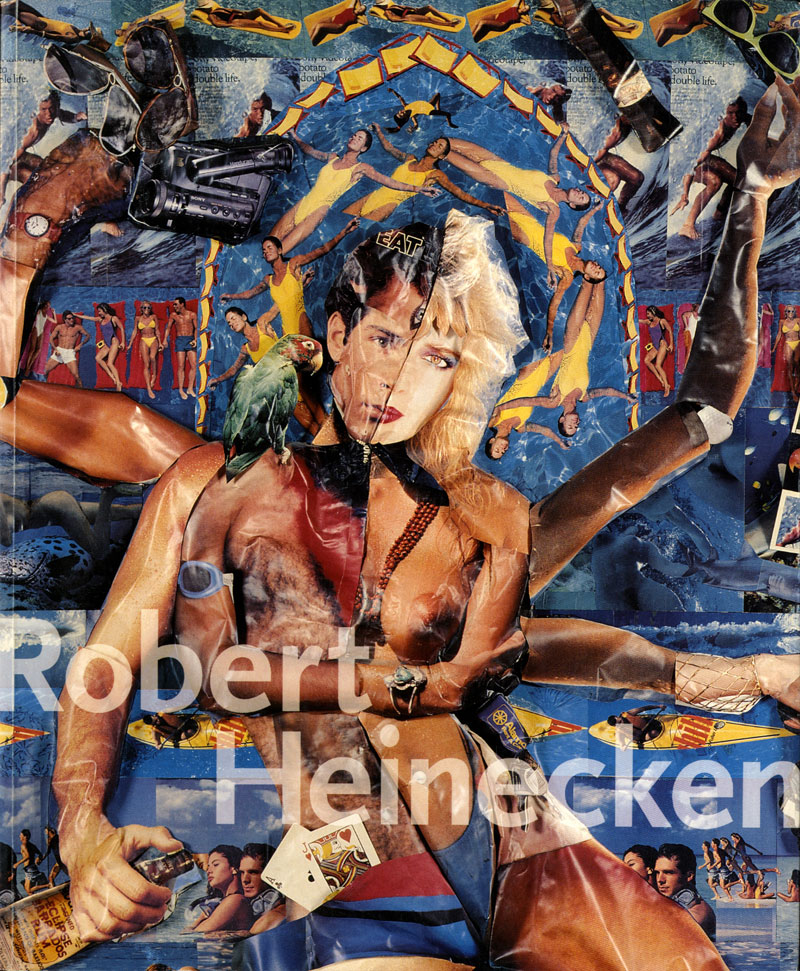
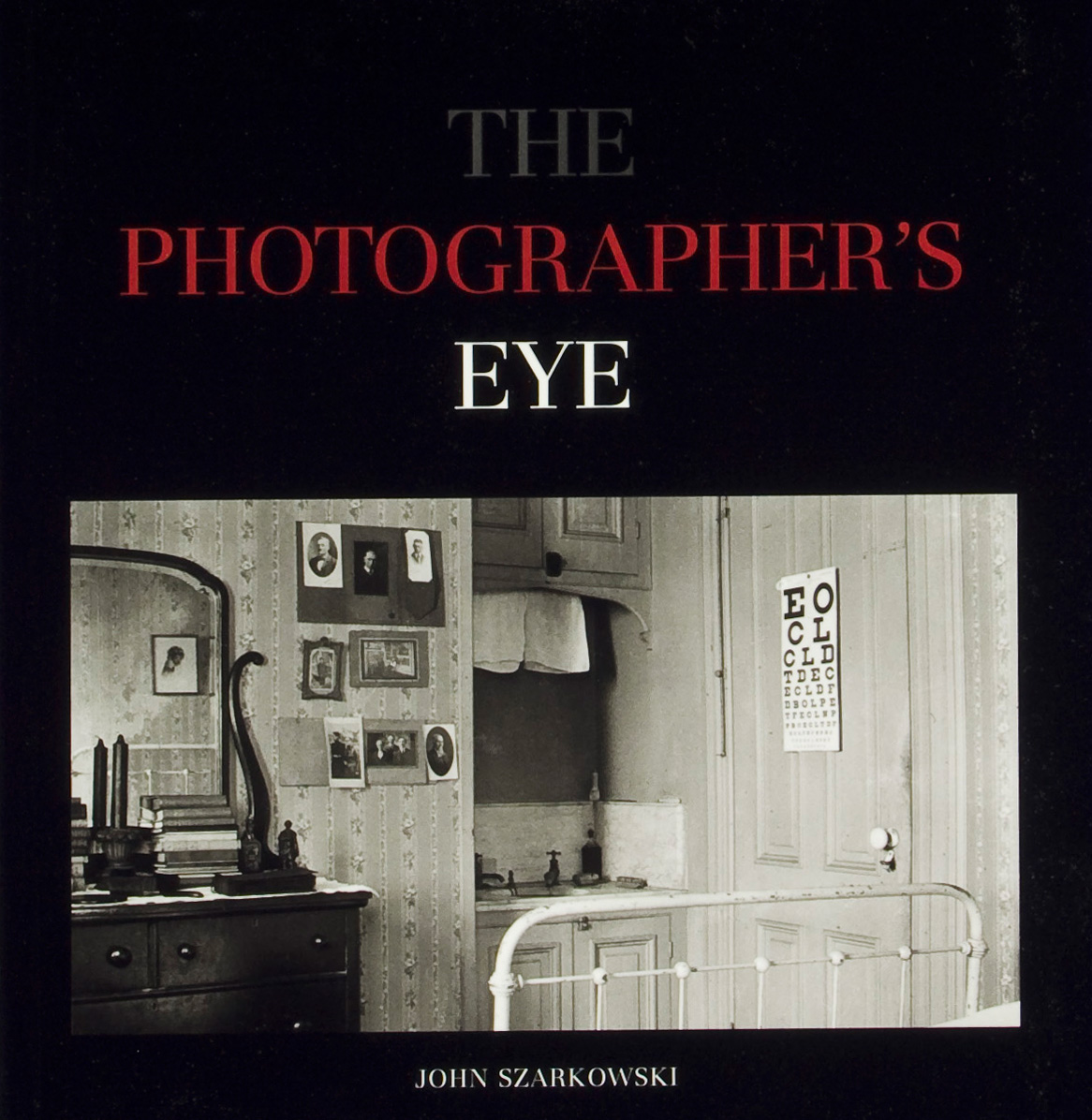
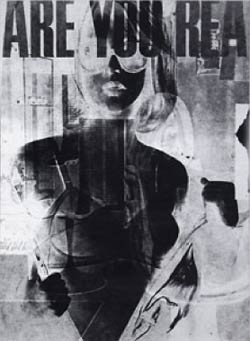
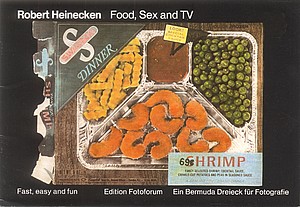




Leave a Comment